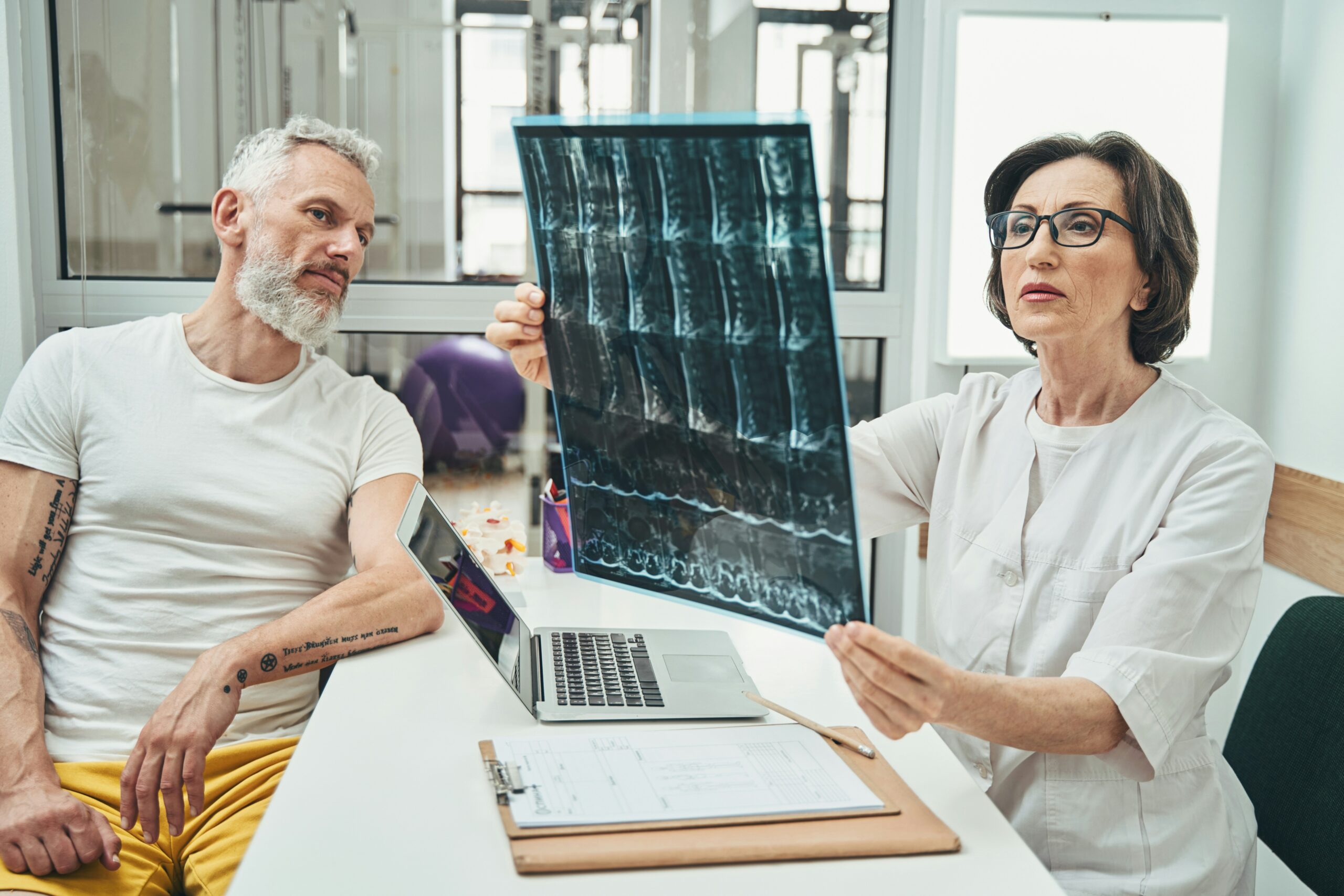
The landscape of orthopedic medicine is undergoing a significant transformation driven by robotics and 3D printing breakthroughs. These technologies are improving surgical accuracy and patient outcomes and revolutionizing the customization of prosthetics and implants, setting new standards in personalized healthcare.
Robotics Revolutionizing Orthopedic Surgery
Robotic technology has carved a niche in orthopedic surgery by enhancing the precision with which surgeons perform operations. These robotic systems assist during complex procedures, providing real-time, three-dimensional imaging that guides surgeons with unprecedented accuracy. Additionally, robotics enable the execution of exact surgical maneuvers that would be difficult or impossible by the human hand alone. As a result, patients benefit from more accurate implant placements, fewer complications, and faster recovery times.
Moreover, using robotics in surgery reduces variability among patient outcomes, ensuring consistent and replicable results across different cases. Thanks to the ergonomic support robotic systems provide, surgeons can perform more surgeries with reduced fatigue. Consequently, the integration of robotics into orthopedic practices not only enhances patient care but also extends the careers of orthopedic surgeons by reducing physical strain.
3D Printing Tailoring Personalized Medical Solutions
3D printing is dramatically changing the approach to manufacturing orthopedic implants and tools. This technology allows for creating custom-designed prosthetics that match the unique anatomical features of each patient, offering improved comfort and integration compared to standard off-the-shelf options. Moreover, 3D printing facilitates the production of complex designs that enhance the biological integration of implants, promoting better bone growth and faster healing.
Furthermore, 3D printing technology is critical in developing surgical tools tailored to individual surgeries. Surgeons can use custom guides and templates that fit precisely to a patient’s anatomy, reducing surgery times and improving outcomes. The ability to quickly produce these customized solutions on-demand speeds up the surgery preparation process and significantly cuts down on medical waste, making orthopedic surgery more sustainable.
Enhancing Postoperative Recovery with Advanced Technologies
Postoperative care benefits significantly from advancements in robotics and 3D printing. Robotic rehabilitation devices, for example, offer patients tailored therapy options that adjust to their recovery needs. These devices provide precise, repetitive movements crucial for effective rehabilitation, helping patients regain functionality faster and with less discomfort. Additionally, these robotic systems’ data can help healthcare providers monitor progress and adjust treatment plans in real time, ensuring optimal recovery trajectories.
On the other hand, 3D printing plays a pivotal role in producing customized rehabilitation aids, such as braces and support structures, specifically designed to fit the patient’s body. This customization improves patient comfort and enhances the rehabilitation process’s efficacy, facilitating quicker returns to regular activity. By aligning devices perfectly with each patient’s needs, 3D printing ensures faster and more comprehensive recovery.
Navigating Challenges in Adoption and Implementation
Despite the evident benefits, the adoption of robotics and 3D printing in orthopedics faces significant challenges. The high equipment cost and the need for specialized training are considerable barriers, especially in smaller healthcare facilities or developing regions. Additionally, integrating these technologies into existing healthcare systems requires substantial investment in time and resources, which can be daunting for many institutions.
Moreover, regulatory challenges also play a role, as new technologies must undergo extensive testing and approval processes to ensure safety and efficacy before they can be widely used. Addressing these challenges requires concerted efforts from healthcare providers, technology developers, and regulatory bodies to streamline approval processes and increase educational opportunities for medical professionals.
Future Directions: Integrated and Intelligent Orthopedic Care
The future of orthopedic technology looks promising, with ongoing developments aimed at further integrating robotics and 3D printing with emerging fields like artificial intelligence and machine learning. These integrations are expected to enhance the precision and personalization of patient care even further. For instance, AI can analyze data from robotic surgeries and 3D-printed implants to predict outcomes and suggest refinements, potentially leading to better patient results and more efficient use of resources.
Additionally, as the costs of these technologies decrease and access to them increases, their use will become more widespread, enabling more patients to benefit from personalized and precise medical care. The continued evolution of these technologies suggests a future where they are not just tools for specialists but fundamental aspects of everyday orthopedic practice, transforming the standard of care and patient experiences significantly.
The advancements in robotics and 3D printing are set to redefine the field of orthopedic medicine. By enhancing surgical precision, customizing patient-specific solutions, and improving recovery processes, these technologies promise to elevate the standard of patient care to unprecedented levels. As the industry navigates the implementation and integration challenges, the potential for improved patient outcomes and more efficient healthcare systems becomes increasingly tangible.